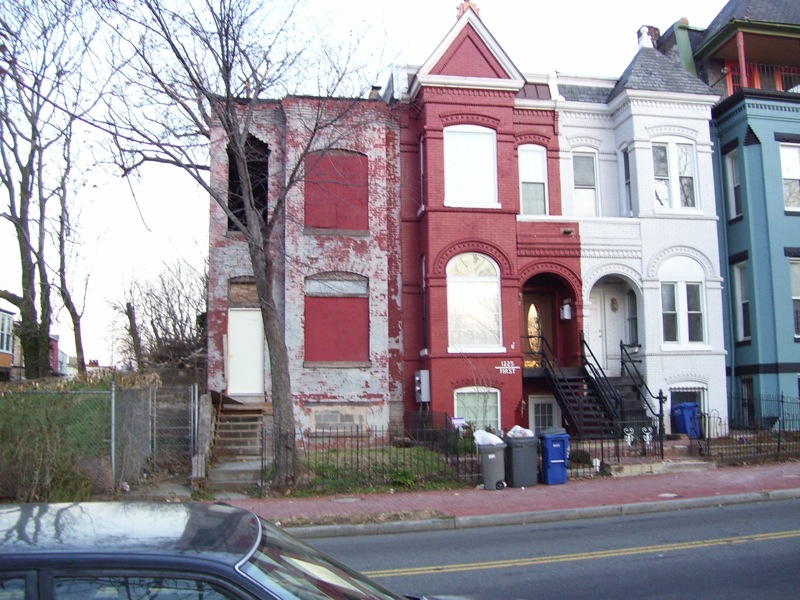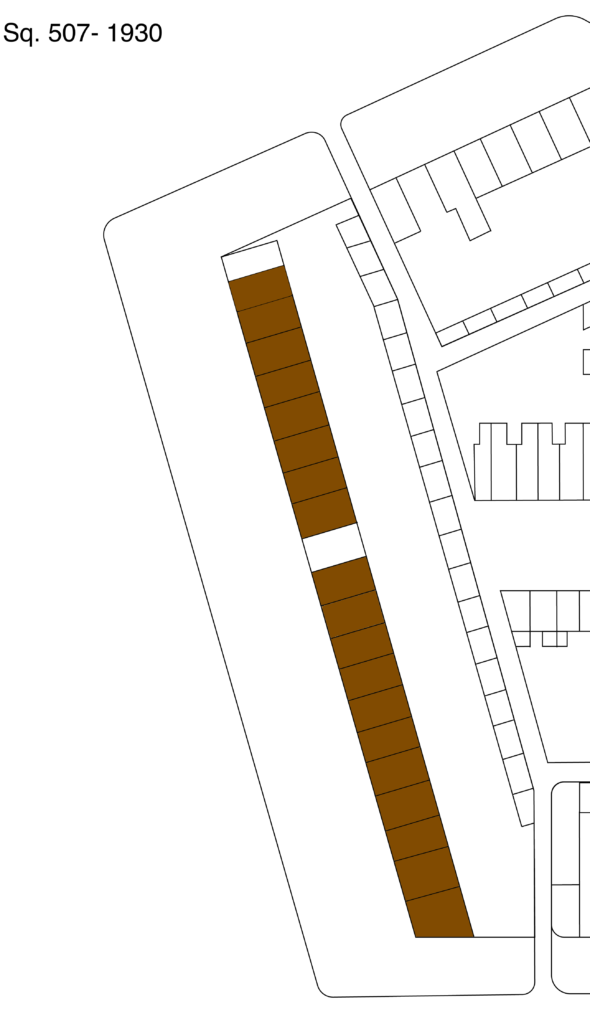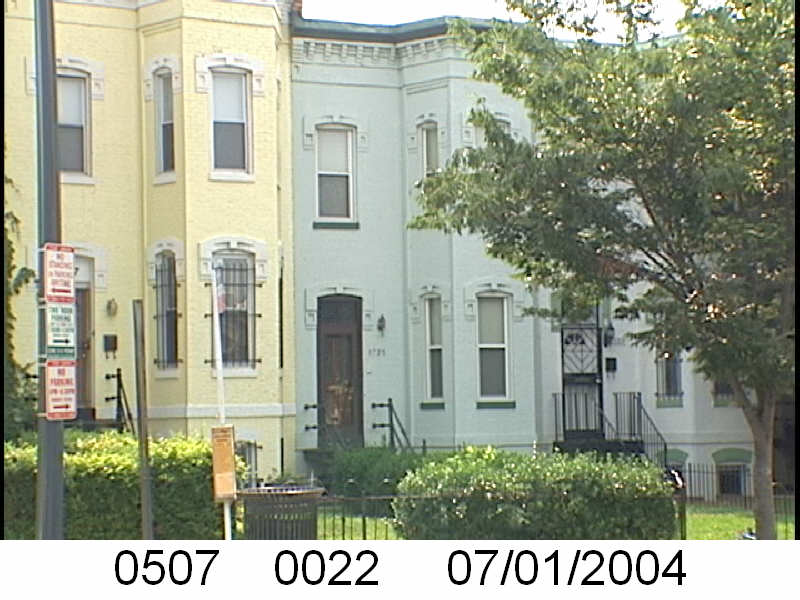When I posted this back in 2007 it was a vacant house. It has been renovated and brought back to the land of the living.
Looking at the land records there was a lot of…. it looks very confusing and it appears to be an issue with the title in 2009. So from 5 minutes of poking around it appears in 2003 the city condemned the property and the owner did something to cancel that. From 2007-2009 there was a lien on the property, for back taxes. In 2008 Maryland B. Jackson sold her interest in the property to Read Investment Corp. for $160K. I am guessing Read Investment renovated the property because in 2009 they sold the property to Mark Beavers for $409K. And looking at Google Street view from 2008 and 2009 there is a change from a shell of a house to a house with the permits in the window.
It was last sold in 2015. Redfin says that the house is now worth $843,948.

2007 post below
Okay, once again because all the cool kids are doing it, another vacant house. This also has been bought this year, so the pitiful state that it is in *might* not the new owner, Ms. M. B. Jackson’s fault. Ms. Jackson of McClean, VA acquired the house in May 2007 for an unknown amount. The unknown makes me wonder if it was a transfer, tax sale foreclosure, or something else. According to the DC.Gov tax assessment site, the place is assessed at $248,570, for 2007, and will go up to $296,570. The $570.00 at the end of both prices make me wonder if the assessor just decided, “OK, add $48K, viola!” Anywho, there is an interesting “Special Assessment” dated 7/30/2004 and 12/13/2007 for $62,213.03. I wonder what that’s all about.
It was built sometime during the turn of the century, as the DC government lists it as being built in 1900, which means they have no clue. My census of 1900 notes aren’t revealing any residents of the 1200 block of 1st, and my maps (which I admit neglects the Hanover/MVSQ crossover area of the TC) don’t show anything, so I have no clue either.






